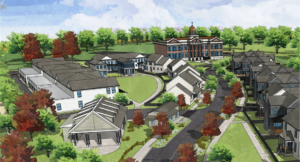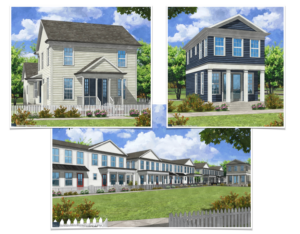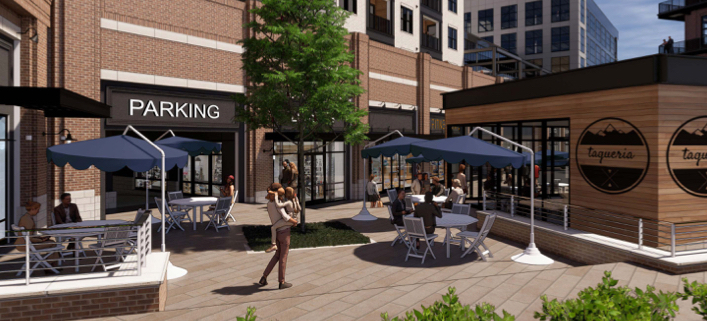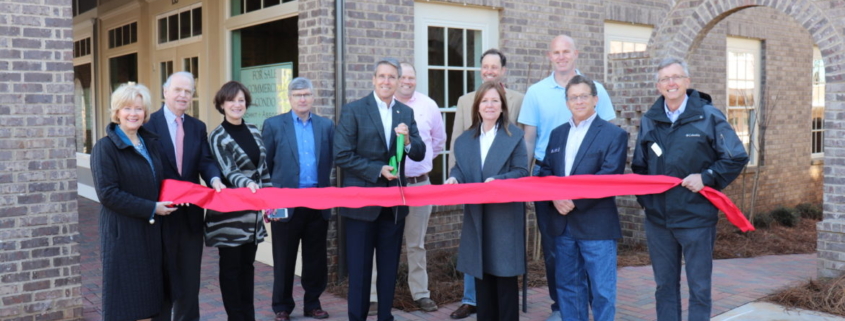Pictured – Former Doraville Mayor Donna Pittman, DeKalb County CEO and former DeKalb County School Superintendent Michael Thurmond, Executive Director at Georgia Regional Transportation Authority & State Road and Tollway Authority Chris Tomlinson
Building an Economic Engine Required Many Players
Much has been written recently about the exciting plans taking shape at Assembly, the 165-acre site in Doraville where a shuttered General Motors plant once stood. Transforming and revitalizing projects such as Assembly always require critical, difficult, and often thankless, early work by many public and private partners that become Hidden Figures as memories dim over time. Two of the most critical figures are former Mayor Donna Pittman and DeKalb County CEO and former DeKalb County School Superintendent Michael Thurmond, but the list is much longer.
So, I want to take a moment to uplift those courageous partners and memorialize the culmination of what was our nearly ten-year engagement at Assembly, and to shed light on how the early work done by a team of private and public leaders with vision successfully undertook the heavy lifting to make Assembly appear today as a seemingly obvious location for significant economic development and investment by an end-users seeking an attractive location in the region.
Purchase
In 2014, after nearly three years of negotiations, an Integral-led partnership that included Schmit & Associates, based in Roswell, Georgia, and Consolidated Asset Management Services, based out of Houston, Texas, purchased the Assembly site from GM for $50 million utilizing private capital exclusively. The GM assembly plant had operated in Doraville for more than 60 years, supporting 4,500 jobs and contributing almost 50% of Doraville’s annual taxes before its permanent closure in 2008.
There is no doubt that many metro-Atlantans likely drove by the dormant site, visible from I-285, dozens of times seeing nothing more than 90-acres of abandoned buildings on environmentally contaminated land. To put Assembly’s size in context, it is 30 acres larger than Atlantic Station and several times the size of West Midtown as well as Avalon’s Phase 1 in Alpharetta.
We were not the first or only development team to pursue the acquisition of the behemoth, but for the few that dared vision life at the site without the GM plant, the hurdles seemed insurmountable – 165 acres of concrete slab, significant expense of demolishing four million square feet of manufacturing buildings, environmental contamination requiring remediation of unknown scope and expense, and significant public infrastructure needs with no obvious way to pay for such infrastructure (i.e. public roads, public parks and green spaces, access to utilities, sanitary sewer lines, fiber optics, etc.).
Our Vision
When we acquired the site, our vision, supported by City, County and Doraville resident leadership, was to master plan and launch the development of a “city within a city” that would reestablish the site as an economic development driver for Doraville by offering increased job opportunities and an expanded tax base in a mixed-use, transit-oriented urban destination. To that end, we immediately sold twenty acres of land to Asbury Automotive creating more than 400 jobs within 18 months of buying the site. We self-developed and continue to own Third Rail Studios, a production studio. During a production, Third Rail Studios employs about 500 people. In 2017, we sold another five acres to a developer to build Serta Simmons Bedding’s national headquarters as Serta relocated from Ohio and consolidated 500 jobs at the site.
The early activation of the site by Serta Simmons, Asbury, and Third Rail, and the associated 1,400+ jobs, gave important signs to the marketplace about what was possible, just as a real estate broker might stage a home before hosting an open house – to help potential home buyers see themselves living there.
Financing Infrastructure
The initial land sales and early developments paved the way to finance the public infrastructure required to make development of the interior of the site possible. We were challenged to find a way to finance what could have been as much as $180M of public infrastructure necessary to activate the site for a City whose then annual budget was approximately $4 million. In the end, the financing vehicle for the public infrastructure required an amendment to Doraville’s City Charter, state legislative action to form the Assembly Community Improvement District (ACID), a bond for title arrangement with the Doraville Development Authority, and the formation of the City of Doraville’s first tax allocation district (TAD).
The creative structure designed by Bond Counsel Doug Selby, Financial Advisor David Corbin and Underwriter Cheryl Strickland, and the Bond Investor Preston Hollow Capital brought a simple solution to this very complex problem. The Assembly CID issued $53 million in tax exempt revenue bonds in a structure that was the first-of-its-kind in the country, all to be repaid from future tax growth within the ACID and TAD.
Partners and Sponsors
Our public partners and sponsors showed up early and enthusiastically to begin the heavy lift required to position Assembly for the development opportunities it now represents. In addition to former Mayor Donna Pittman, acknowledgement is due to the majority of the then Doraville City Council. Former Doraville City Manager Shawn Gillen and his successor Regina Gates, former Doraville Director of Economic Development & Executive Director of the Development Authority, Luke Howe, all played a hands-on role in the early days of the project.
Likewise, in addition to DeKalb CEO Michael Thurmond, the DeKalb County Commission remained supportive, as did a number of key leaders at the State of Georgia, particularly Governors Nathan Deal and Brian Kemp, Executive Director at Georgia Regional Transportation Authority & State Road and Tollway Authority Chris Tomlinson, Commissioner of Economic Development Pat Wilson, Commissioner of Georgia Department of Transportation Russell McMurry, and others too numerous to mention. The coordination of the considerable lobbying efforts at all levels of government was successfully undertaken by Craig Lesser and his team at The Pendleton Group.
Without these many individuals and their tremendous leadership, the encumbered, contaminated, and blighted landscape would still exist at the site.
Building the Foundation for Success
As master developer, our role was to prepare Assembly for others to see the site’s potential, and, ideally, be motivated to purchase portions of the site and implement uses consistent with our and the City’s early strategic vision. Today, the site is fully entitled with a flexible zoning code allowing greater than 10 million square feet of development.
Upon our urging, in 2017 the Doraville City Council passed an open container law that allows visitors to the site to buy an alcoholic beverage at one establishment, and take it with them to the walking trails, green spaces, or other establishments; it has the first autonomous shuttle in Georgia, contemplated to carry visitors to one of two proximate MARTA rail stations; and more than 150,000 tons of concrete and building materials have been recycled and repurposed.
This summer, affordable senior housing units, single family townhomes, and multifamily apartment units are all slated to begin construction. While the momentum building at Assembly was slowed by the global COVID-19 pandemic, particularly in the retail space, the foundation had been laid to make Assembly a project on third base, looking for the next player to hit a single and take it home. It is upon that foundation that we found ourselves, for the first time during our ownership of Assembly, seriously considering an offer to sell the balance of the site. Though we had received offers to buy all or substantially all of the site in the past, they all fell short of our development vision or financial goals, or both. Gray TV’s offer was different.
While we had expected that it might take more time, more public infrastructure, more environmental remediation, and more residential development to attract large economic development users like Gray TV, we remained clear that our and Doraville’s shared goal, was to reestablish the site as an economic development driver for Doraville by offering increased job opportunities and an expanded tax base in a mixed-use, transit-oriented urban destination. Gray TV’s plans for the site fulfill that goal, and they came to Assembly with a developer in tow to help it realize its vision. With the purchase price and the terms of the sale, our investors and development partners are quite pleased to pass the torch to Gray TV – truly a home run for all.
Thank you to the many Hidden Figures mentioned here and the dozens of others who helped make it happen. —Egbert L. J. Perry, Chairman & CEO, Integral

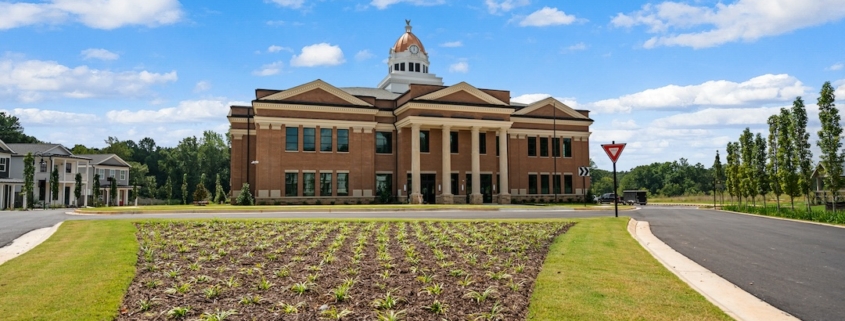
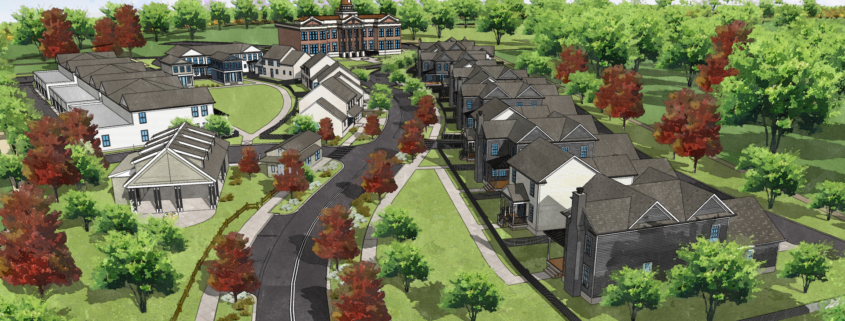
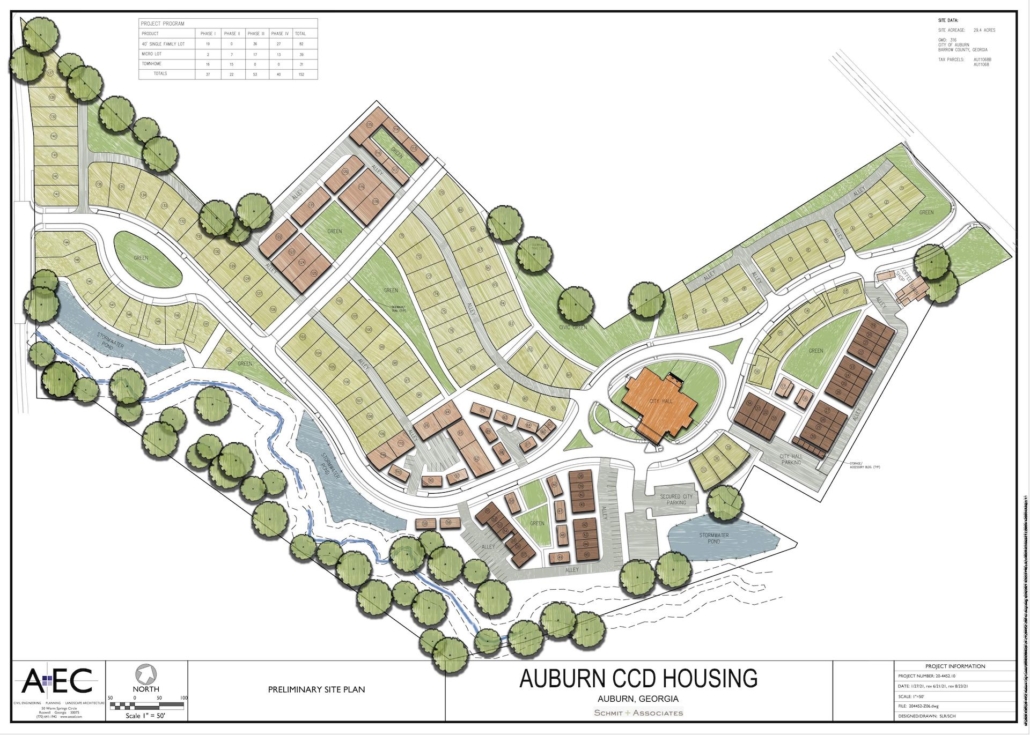


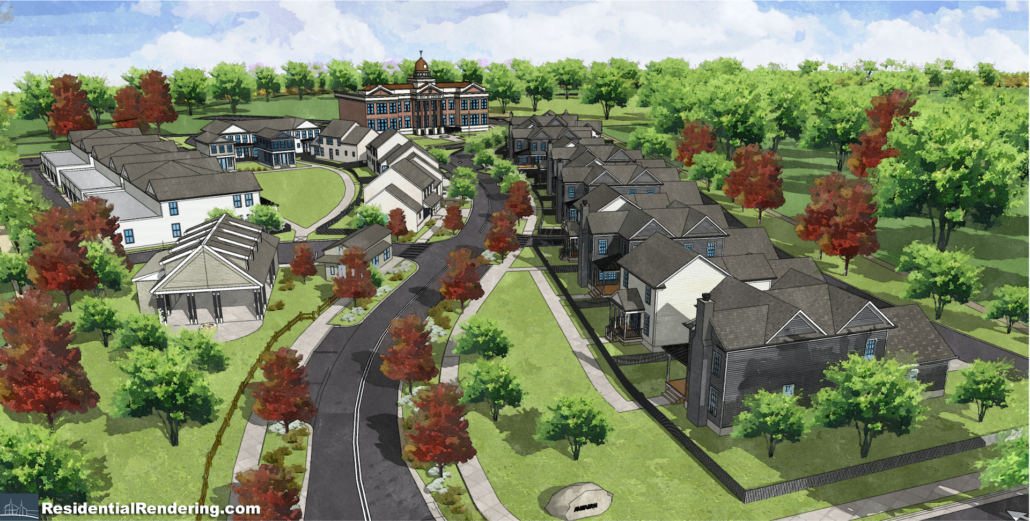
 The barn itself is about 64’ by 40’, that includes some covered open space. The mailboxes will be located just inside with bathrooms across a breezeway.
The barn itself is about 64’ by 40’, that includes some covered open space. The mailboxes will be located just inside with bathrooms across a breezeway.